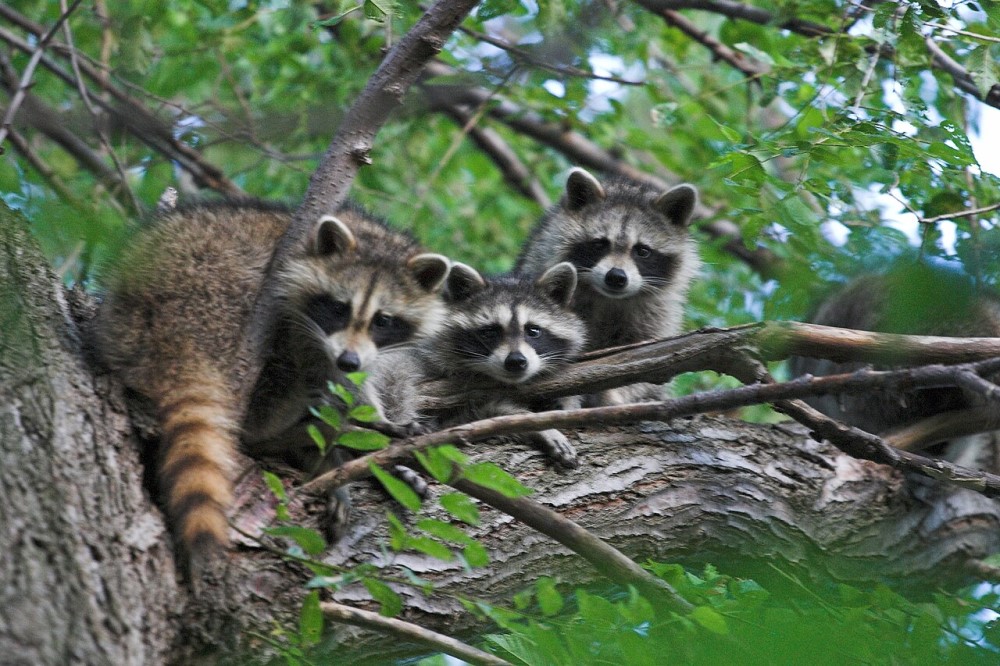
Cornell Study confirmed mammal-to-mammal avian flu spread
On Jul. 24, 2024, a team led by researchers at Cornell University announced a study that provides evidence that a spillover of avian influenza from birds to dairy cattle across several U.S. states has now led to mammal-to-mammal transmission – between cows and from cows to cats and a raccoon.
Whole genome sequencing of the virus did not reveal any mutations in the virus that would lead to enhanced transmissibility of H5N1 in humans, although the data clearly shows mammal-to-mammal transmission, which is concerning as the virus may adapt in mammals, said Diego Diel, co-corresponding author of the study from the Cornell College of Veterinary Medicine.
So far, 11 human cases have been reported in the U.S., with the first dating back to April 2022, each with mild symptoms: four were linked to cattle farms and seven have been linked to poultry farms, including an outbreak of four cases reported in the last few weeks in Colorado. These recent patients fell ill with the same strain identified in the study as circulating in dairy cows, leading the researchers to suspect that the virus likely originated from dairy farms in the same county.
While the virus does have the ability to infect and replicate in people, the efficiency of those infections is low. It is therefore critical to continue to monitor the virus in affected animals and also in any potential infected humans, Diel said.
The U.S. Department of Agriculture has funded programs for H5N1 testing, at no cost to producers. Early testing, enhanced biosecurity and quarantines in the event of positive results, would be necessary to contain any further spread of the virus, according to Diel.
Infections from H5N1 were first detected in January 2022, and have resulted in the deaths of more than 100 million domestic birds and thousands of wild birds in the U.S. The Cornell AHDC’s and Texas A&M Veterinary Medical Diagnostic Laboratory scientists were among the first to report detection of the virus to dairy cattle herds. The cows were likely infected by wild birds, leading to symptoms of reduced appetite, changes in fecal matter consistency, respiratory distress and abnormal milk with pronounced decreased in milk production.
Using whole genome sequencing of characterized viral strains, modeling and epidemiological information the researchers determined cases of cow to cow transmission when infected cows from Texas were moved to a farm with healthy cows in Ohio. Sequencing also showed that the virus was transmitted to cats, a raccoon and wild birds that were found dead on affected farms. The cats and raccoon most likely became ill from drinking raw milk from infected cows. The study was published in Nature.
Tags:
Source: Cornell University
Credit:
